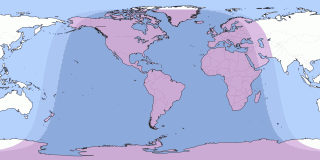Aug 28, 2026 at 4:12 pm
Max View in South Pole
| Global Event: | Partial Lunar Eclipse |
|---|---|
| Local Type: | Partial Lunar Eclipse, in South Pole |
| Begins: | Fri, Aug 28, 2026 at 1:23 pm |
| Maximum: | Fri, Aug 28, 2026 at 4:12 pm 0.930 Magnitude |
| Ends: | Fri, Aug 28, 2026 at 7:01 pm |
| Duration: | 5 hours, 38 minutes | All times shown on this page are local time. |
Eclipses and Transits Visible in South Pole
| Eclipse Visibility From South Pole | Visibility Worldwide | ||
|---|---|---|---|
| Sep 18, 2024 Partial Lunar Eclipse | Partial Lunar Eclipse |  | |
| Oct 3, 2024 Partial Solar Eclipse | Annular Solar Eclipse |  | |
| Sep 8, 2025 Total Lunar Eclipse | Total Lunar Eclipse |  | |
| Sep 22, 2025 Partial Solar Eclipse | Partial Solar Eclipse |  | |
| Feb 17–18, 2026 Partial Solar Eclipse | Annular Solar Eclipse |  | Note: Click on the date link for details in South Pole, or the path map image for global details. |
Next total solar eclipse visible in South Pole
Next annular eclipse visible in South Pole
